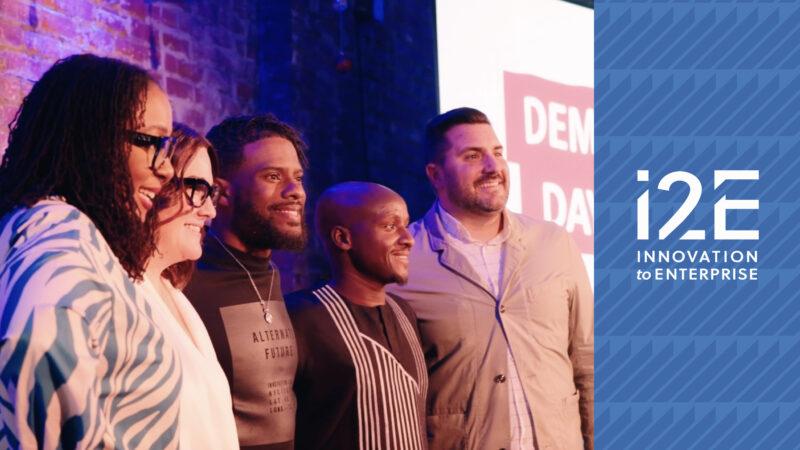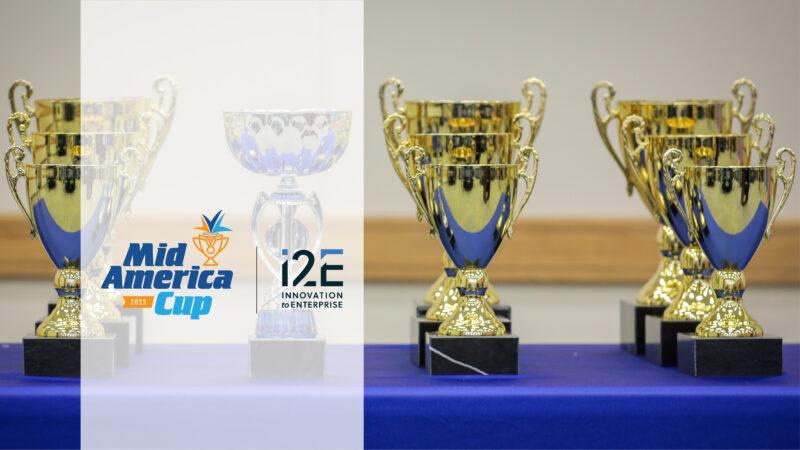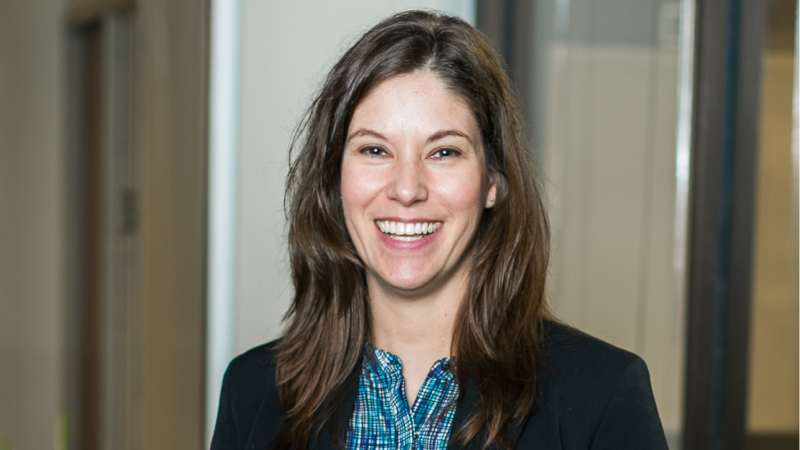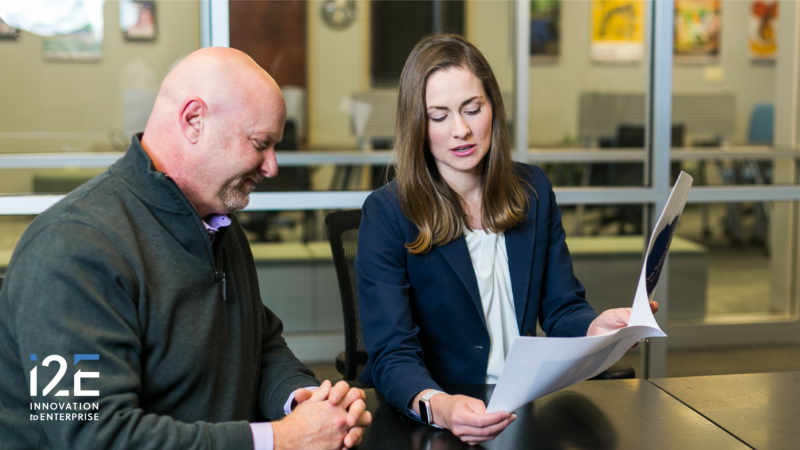By Jim Stafford
Copyright © 2014, The Oklahoma Publishing Company
When Rod Whitson was recognized by the Oklahoma Bioscience Association in March as one of three finalists for the 2014 Community Recognition Award, the honor caught him by surprise.
Whitson is a banker and an angel investor, which may seem pretty far removed from the bioscience industry.
What he quickly saw, however, was the link between the industry award and his role as an investor whose portfolio is focused in Oklahoma life science companies.
“I think it’s an important award and important acknowledgment because it really does take a community to build an industry cluster,” Whitson said. “So it takes not only just the people directly involved in the industry — the scientists and the entrepreneurs — but it really takes the broader support from the community.
“To be recognized as someone who is doing that is pretty special.”
Whitson is executive vice president of the Banker’s Bank, an Oklahoma City-based, industry owned financial institution that supports community banks throughout Oklahoma and Texas.
A native Oklahoman and American Indian, Whitson began investing in life science companies in the early 2000s while working in San Diego as president of the Townsend Agency, a marketing and public relations firm for the high tech and life sciences industry.
When he returned to Oklahoma in 2008, he brought the means and interest to invest in life science startups with him and signed on as a founding member of the i2E-managed SeedStep Angels group.
Whitson’s Oklahoma portfolio includes Selexys Pharmaceuticals, EpimedX, Moleculera Labs, DermaMedics, Otologic Pharmaceutics and a home health company. He expects to close another investment soon in an Oklahoma City-based diabetes technology company. Whitson typically invests under the name of “6am Capital Partners.”
The No. 1 motivation as a professional investor is to make a nice return on investment, Whitson told me. Early stage bioscience companies, especially medical diagnostic, instrumentation and medical devices meet that criteria.
However, there’s another more altruistic side to that investment philosophy that often doesn’t get told when talking about early exits and return on investment.
“I’m like everybody else, I want to live in a vibrant community,” Whitson said. “I think the life science sector in Oklahoma is our best shot at a vibrant economy over the long haul.”
There’s a third motivating factor, as well.
“That’s just the good that these companies do,” he said. “If they come up with some kind of scientific breakthrough and get it on the market, they can change people’s lives and reduce suffering.”
When Whitson came home to Oklahoma in 2008, he discovered a bioscience cluster that displayed “unbelievable innovation, unbelievable science,” but most of it in the early stages.
“Not enough company builders, not enough entrepreneurial researchers who wanted to start companies,” he said. “I think that’s changed.”
Whitson expects several profitable exits within the next three to five years as companies with proven technologies are sold to established industry players, generating big returns for early investors. That will lead to more investment for technologies yet to be developed.
It’s a symbiotic relationship that pays it forward to the next generation.
“If we have a wave of exits over the next three to five years, I think we will have much more angel money and people who have been through the cycle before, and I think we’ll have a broader talent pool that will allow someone to put a company together faster,” he said. “Those are all good things.”
Now that’s a vibrant community.
Jim Stafford is a communications specialist with i2E Inc. in Oklahoma City.
Click here to read the article at newsok.com








